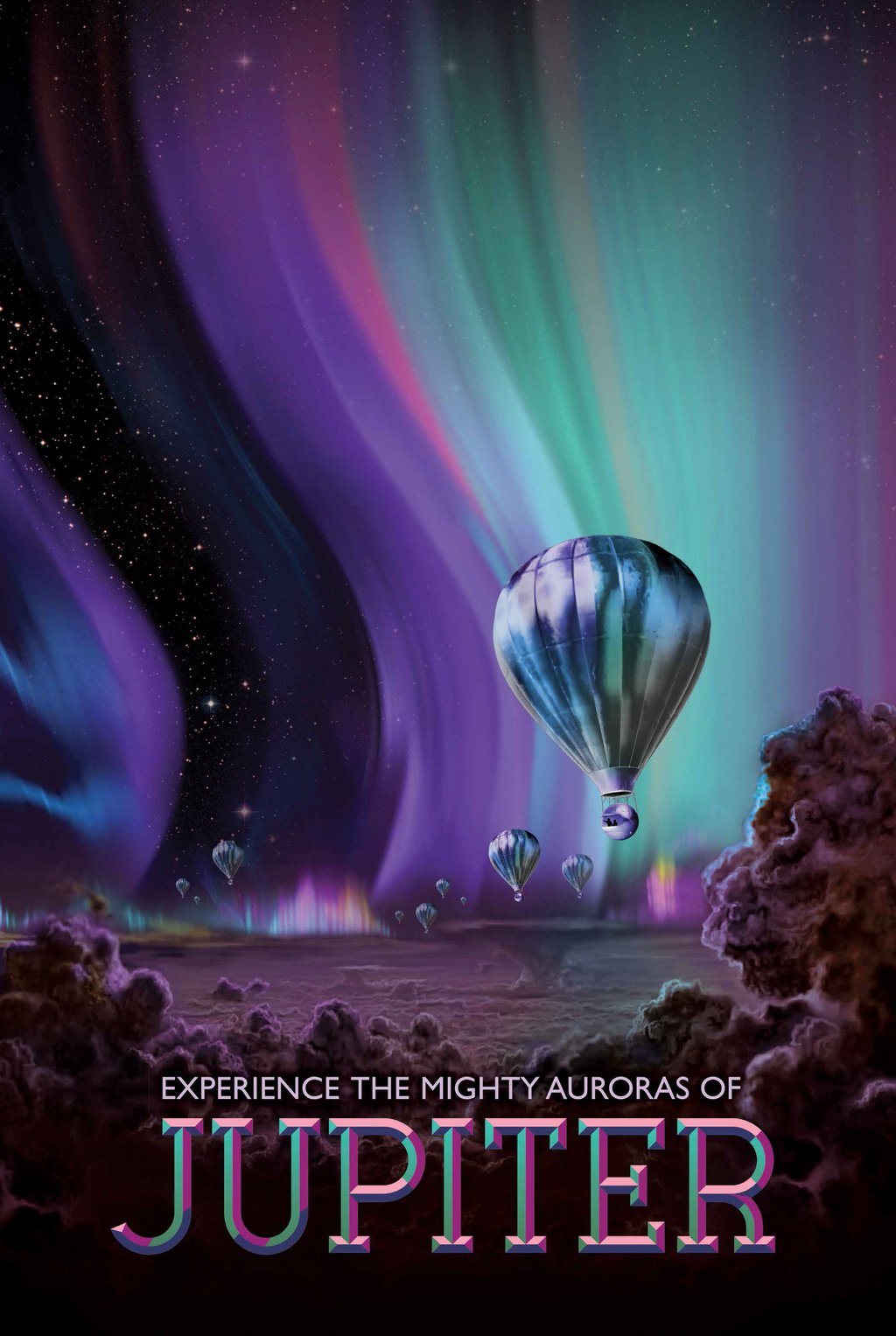NASA starts travel agency to Mars, Venus and Titan
It will be a while before we can go on vacation to the rest of the solar system. But in the meantime, NASA is doing its best to keep the dream alive with original posters.
For starters, a trip to our closest neighbor and twin planet, the planet of love. With temperatures around 450 degrees and a suffocating carbon dioxide atmosphere with a crushingly high pressure of 95 atmospheres, the surface of Venus is not the most ideal travel destination. Unless you’re tired of life.
But about 50-60 kilometers above the furnace-hot surface, the temperatures and gas pressure are about Earth-level. Future inhabitants of Venus will probably float at this altitude in floating aerostats, i.e. hot air balloons. Because the specific gravity of atmospheric air is two-thirds that of carbon dioxide, our air is also the gas that keeps this balloon-like colony of space floating. Other than that there is probably not much to do.
Contents
On to Mars
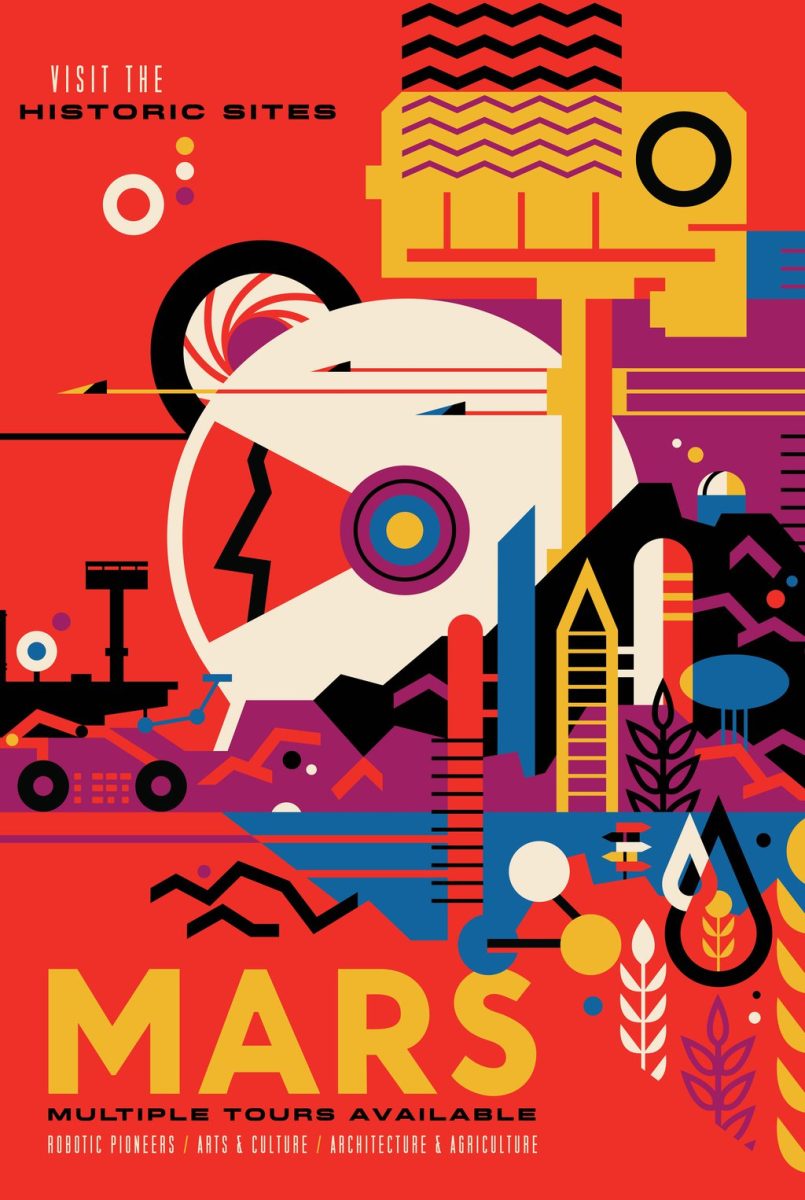
Now our journey to the outer planets begins. For starters: Mars. This small, cold desert-like planet is, in fact, the most attentive within the solar system in terms of living conditions. At the North and South Poles it gets so cold that carbon dioxide freezes. When it is high summer on Mars, temperatures on the equator can briefly touch 20 degrees in the middle of the day. The places where the various Mars missions have landed will probably be tourist attractions in the future.
Dwarf planet Ceres
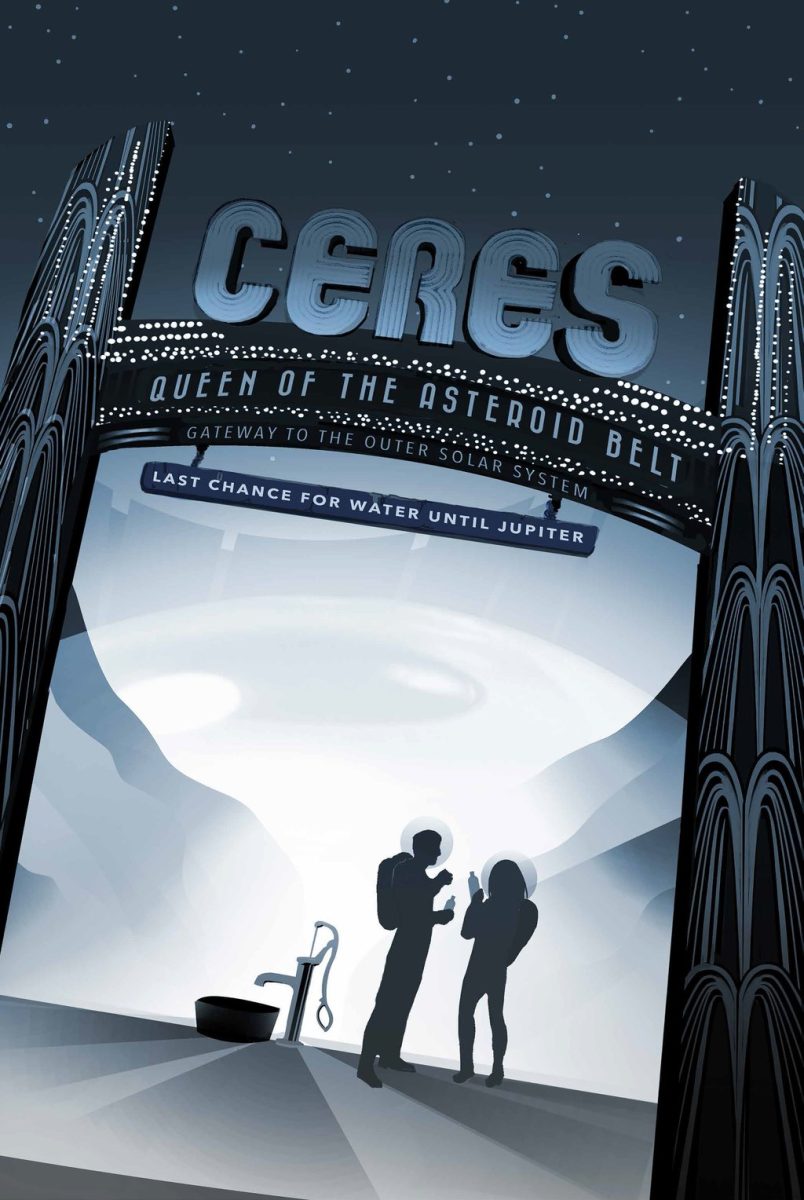
Powerful Jupiter
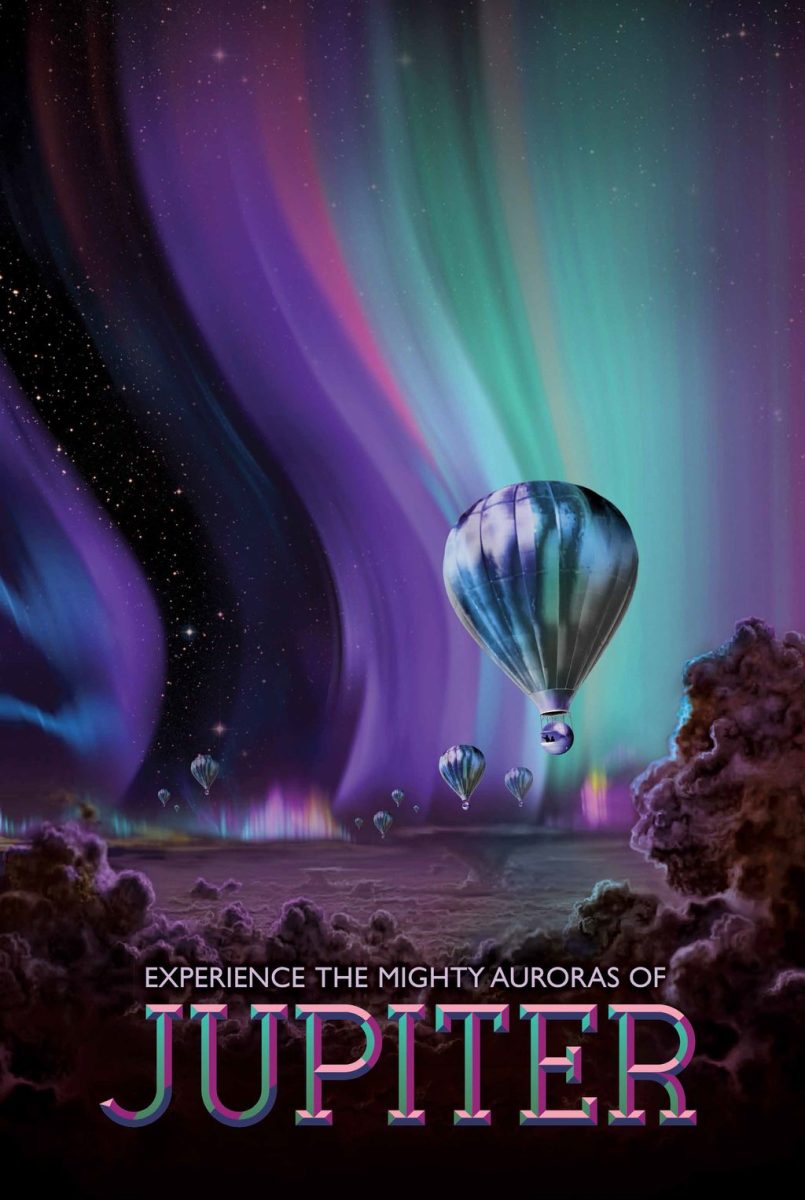
Jupiter, the largest planet in the solar system, has an extremely powerful magnetic field. You cannot survive a descent through this magnetic field unprotected. But once you are just above the “surface” of the gas giant, you can enjoy spectacular auroras thanks to this extremely strong field. The most spectacular northern and southern lights in the solar system.
Jupiter is a gas giant, so you can only stay in this place in an aerostat, such as a balloon. Jupiter’s atmosphere is mostly hydrogen and helium, so the balloon will be huge and filled with pure hydrogen or vacuum to keep it afloat.
Moon Europe
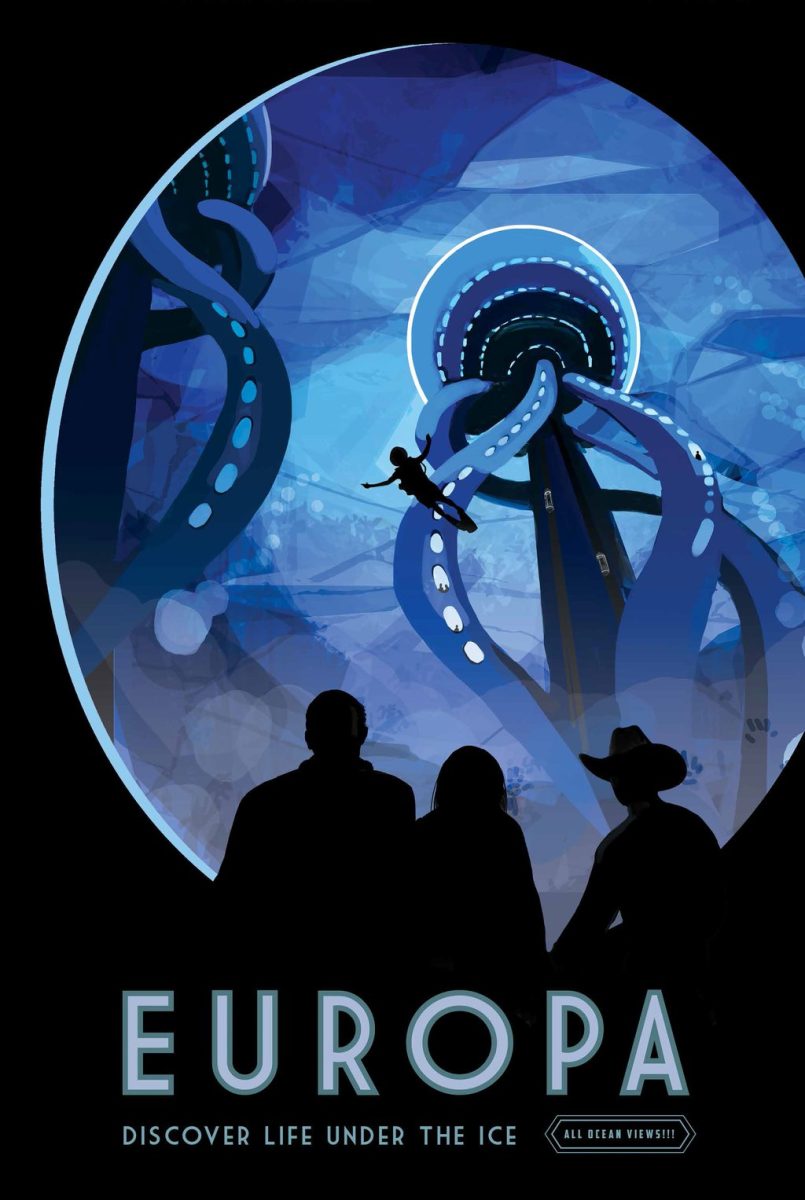
If life occurs on Europa, it is likely to become a sought-after tourist destination.
Titan, Saturn’s moon
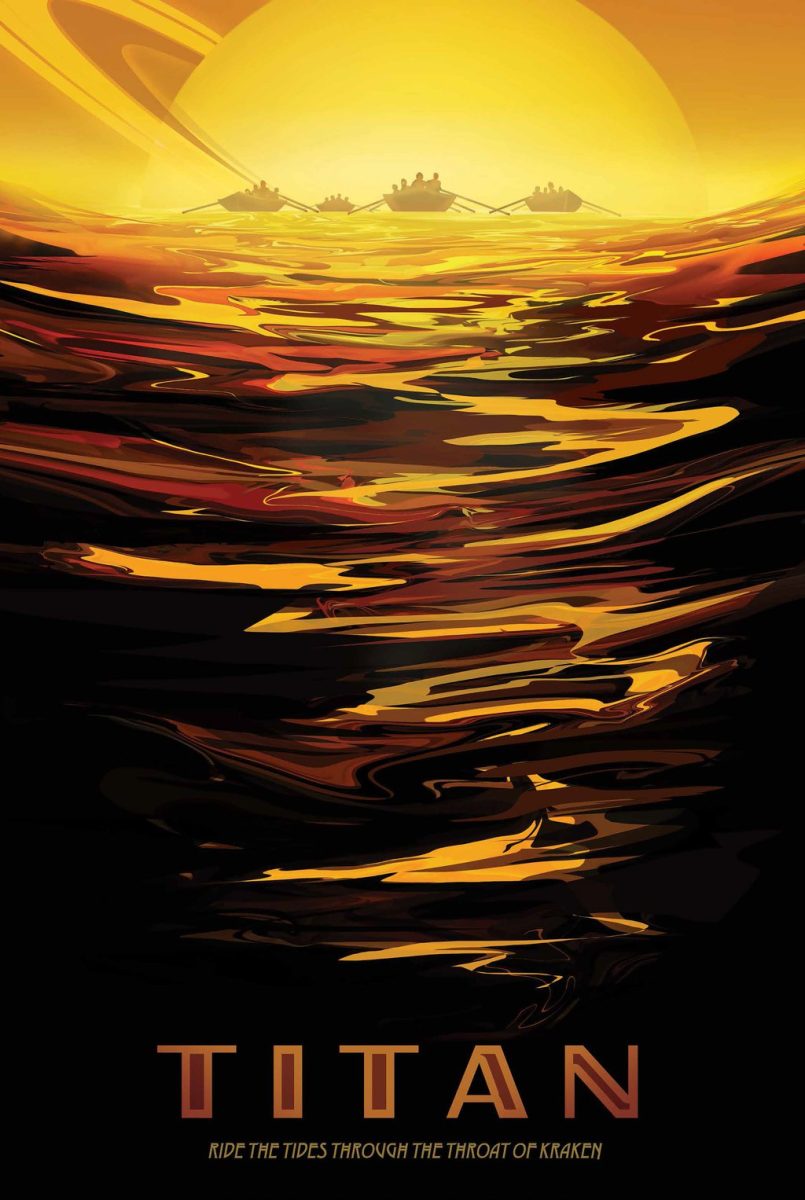
Ice moon Enceladus
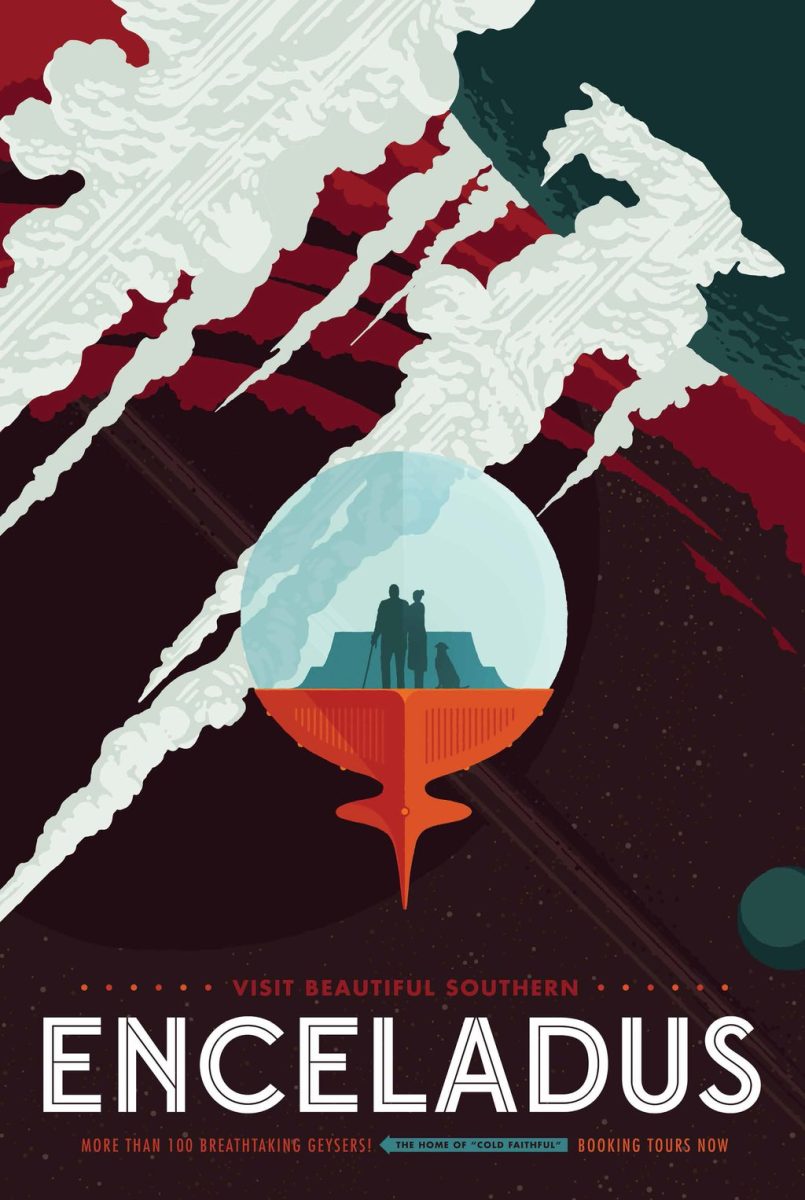
The small ice moon Enceladus is probably the most spectacular part of the journey. The interior is constantly being kneaded by Saturn, regularly spraying fountains of ice into the universe. Due to the low gravity, they reach an enormous height. This is probably one of the most spectacular phenomena of the solar system.
Liquid water therefore occurs in the ice moon, and where there is water, life can exist. Astronomers have proposed a mission in which a spacecraft tries to take a sample of the ice spewed out. If life exists on (or rather, in) Enceladus, this is an easy way to find out.
Future expectation of this tour
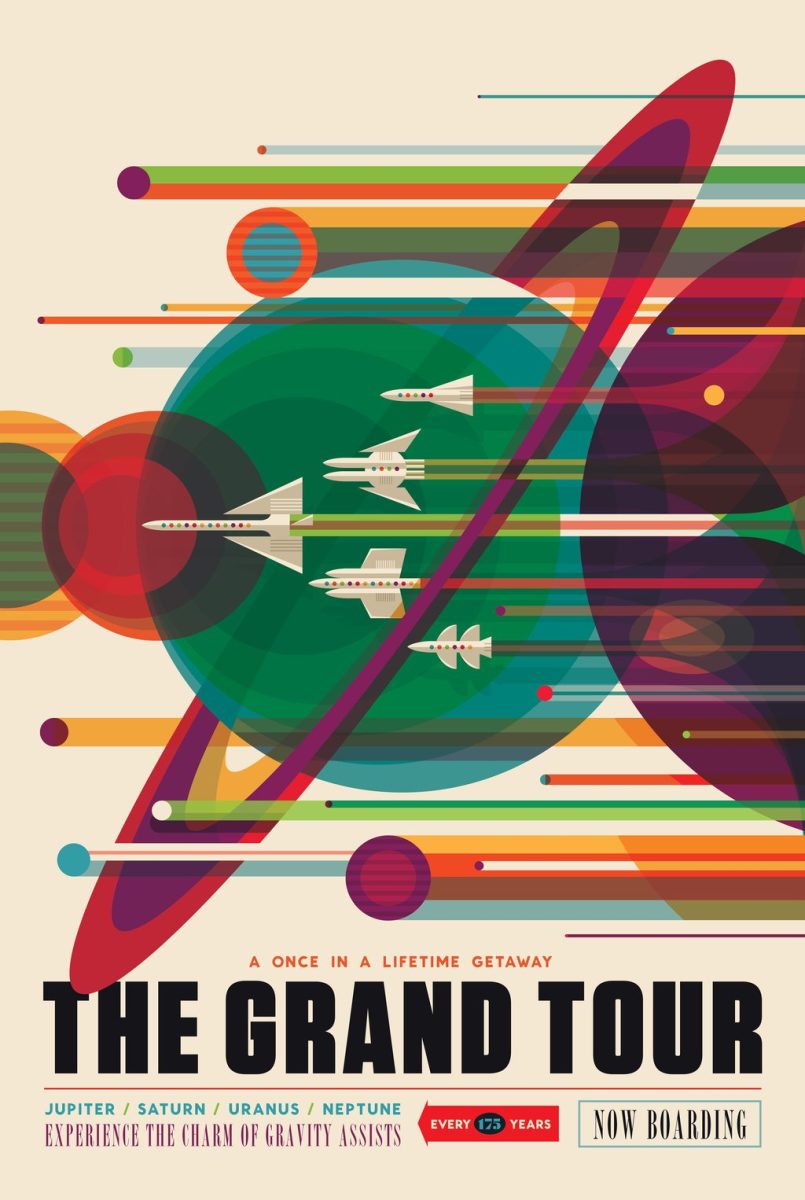
Last century’s Voyager missions take advantage of a unique position in the sky of the four giant planets. This only occurs once every 173 years. This allowed these space probes to visit all four planets without using much fuel. In the future, space travelers will probably not be so patient and fly directly to the destination where they want to be. So whether there will be many enthusiasts for this tour is the question…
